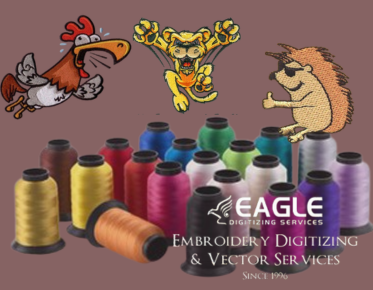Converting Vector Files to TIFF
Converting vector files to TIFF image format is a process that is often required for a variety of reasons, such as ensuring compatibility with certain printing equipment or software that primarily uses raster images. To lay out the agenda, we will explore different methods and tools that facilitate such conversions efficiently.
Understanding Vector and TIFF Formats
What are Vector Files?
Vector files use mathematical equations to represent images through points, lines, and curves. This format is particularly favored for graphic design work due to its scalability without losing detail or quality. Common formats include SVG, EPS, and AI files.
Why Convert to TIFF?
Tagged Image File Format (TIFF) is a common format for bitmap images and can store high-quality graphics with deep color depths. It is widely used in publishing and professional environments for printing and publishing because it preserves image richness and allows for multiple layers of graphic detail.
How to Convert Vector Files to TIFF
Using Software Tools
There are numerous software solutions that facilitate the conversion from vector to TIFF format. Software like Adobe Illustrator and CorelDRAW are highly popular due to their capacity to handle various vector formats and export them into TIFF, among others. Here’s a simple step-by-step guide:
- Open your vector file in the software of your choice, such as Adobe Illustrator.
- Go to the 'File' menu and select 'Export'.
- Choose TIFF as your output format.
- Adjust any settings if necessary, such as resolution and compression, to meet your quality needs.
- Click 'Export', and your vector file will be saved as a TIFF.
Online Conversion Services
Online vector conversion services are also available for users who prefer a quick and no-installation-required solution. Websites like Vector Magic provide intuitive interfaces to upload your vector files and convert them to TIFF in just a few clicks.
Advanced Conversion Features
Beyond simple conversion, some tools allow for advanced features like color adjustments, trimming excess paths, or compressing the image to optimize quality. Some platforms offer additional utilities such as batch processing to save time when dealing with multiple files.
Using Conversion Services
Companies such as Eagle Digitizing offer expert services in converting vector images to various formats, including TIFF. They specialize in complex tasks such as vectorization services, ensuring high-quality results that align with your specific requirements.
Key Considerations in Conversion
When engaging in vector to TIFF conversions, it’s crucial to pay attention to the resolution and color depth needed for your application. In some cases, fidelity to the original vector image is essential, especially in professional printing environments. This is where tools like Adobe Illustrator shine by providing granular control over every aspect of the export process.
Future of Graphics Formats
With the rise of digital media and advanced printing techniques, both vector and raster formats hold significant importance. As file formats and software continue to evolve, staying updated with the latest capabilities will ensure your work remains compatible with new technologies. Leveraging services like those offered by Eagle Digitizing can streamline this transition and provide new opportunities in graphics applications.
Consider how your current software setup supports vector to TIFF conversion and whether new tools could enhance your workflow. As you refine your process, explore options that maximize efficiency and maintain the integrity of your creative outputs. Whether you're a designer, printer, or content creator, understanding these dynamic file conversion practices will prove invaluable in adapting to future graphic demands.

.png)
